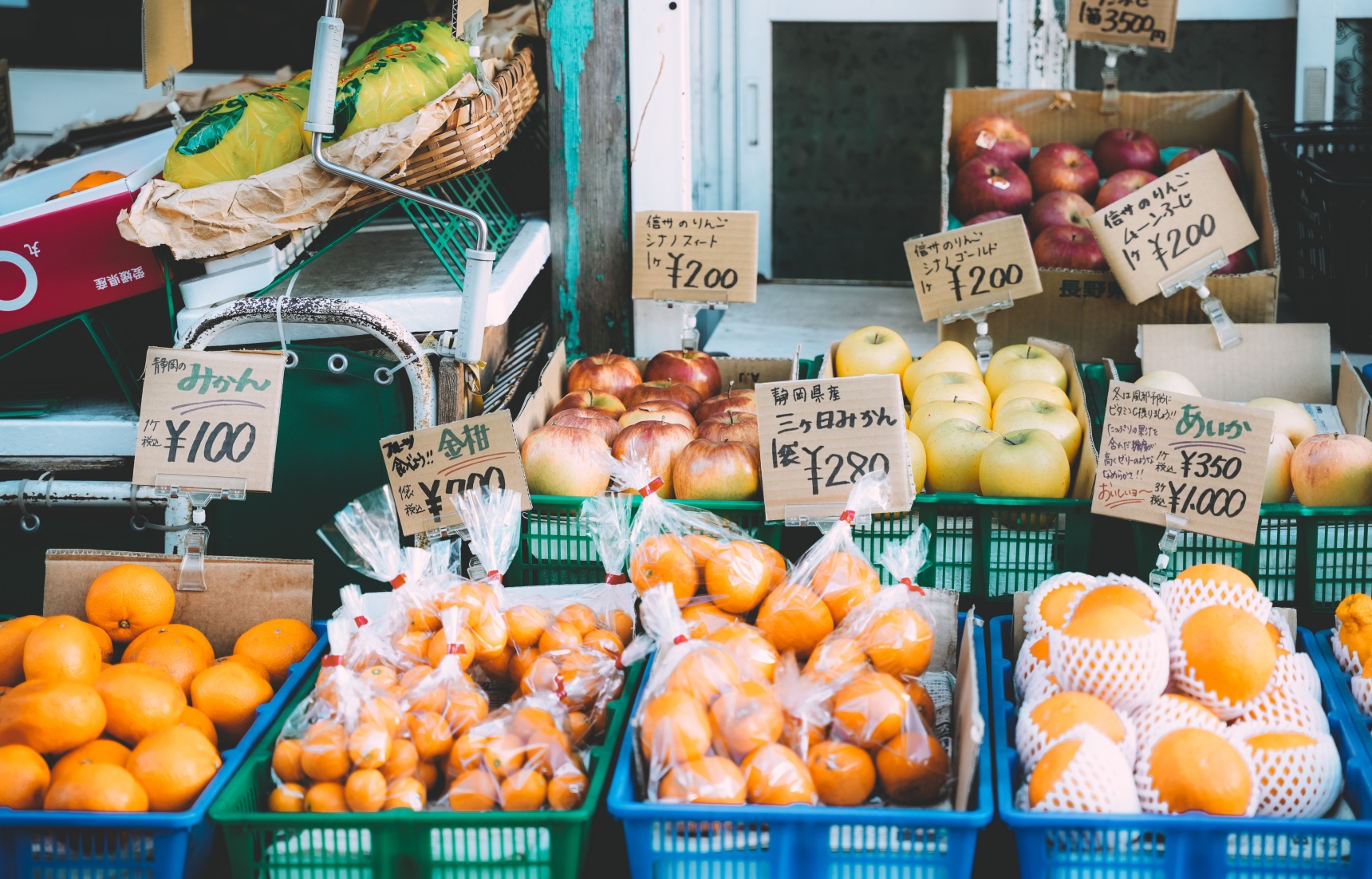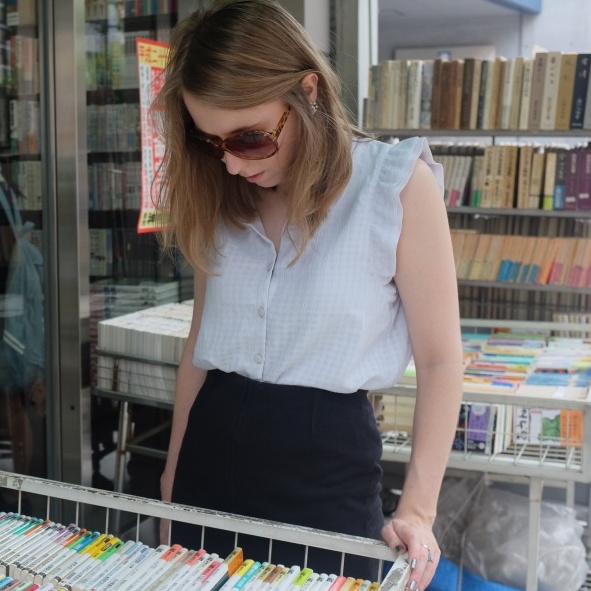Sweet, Sour, and Everything In Between: The Aromatic World of Japanese Citrus
With over a hundred varieties grown throughout the country today, citrus has plenty of uses in Japan, from fruit snacks to alcoholic drinks. Elizabeth Sok offers a brief world history of citrus, along with five types of Japanese citrus. Learn their flavor profiles, uses and some local ways to experience these fine fruits!
By Elizabeth SokA Brief History of Citrus
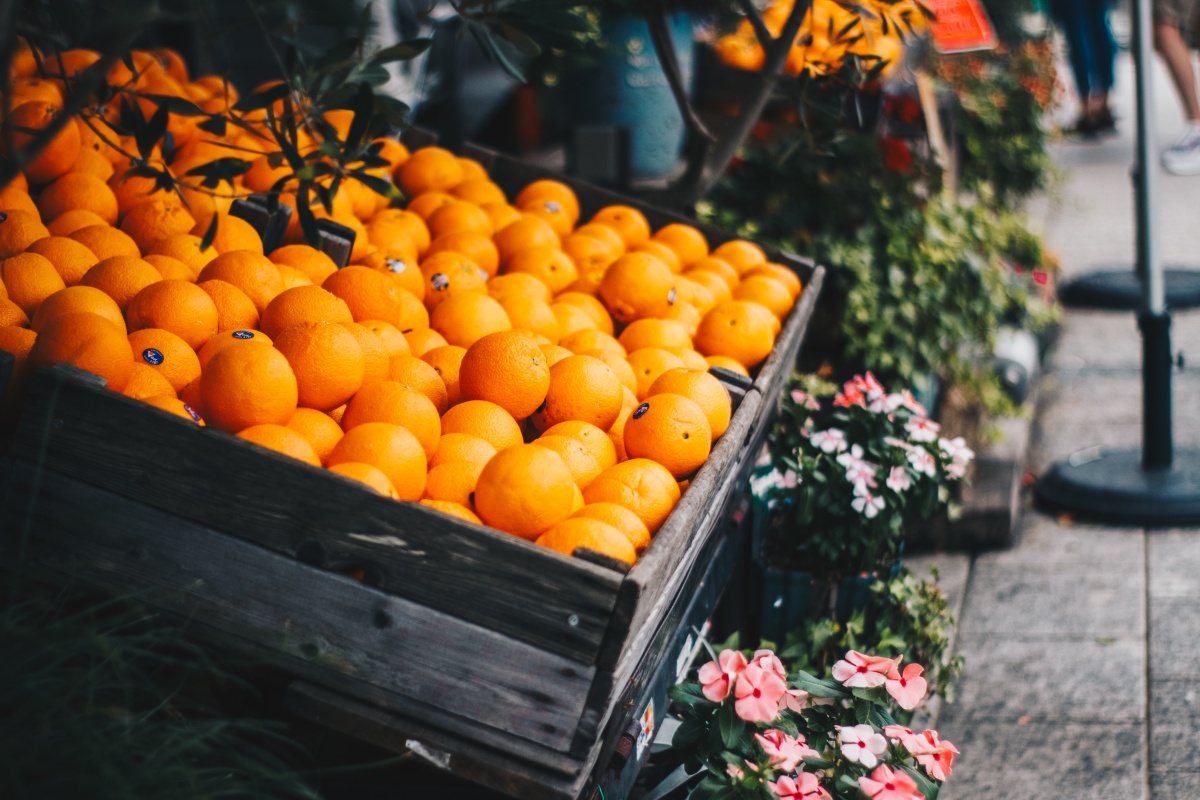
https://unsplash.com/photos/orange-fruits-on-brown-wooden-crate-hc1oARzPAzI
While today’s top five producers of citrus (including tangerines, oranges, limes, and lemons) are Brazil, China, the European Union, Mexico and Egypt, only one of them is central to the origin story of citrus. Current research suggests that the original varieties grew naturally in the Assam region of India, southwestern China and parts of Southeast Asia. Then, through trade routes and colonialism, varieties of citrus were introduced to other parts of the world. Over two centuries before the assassination of Julius Caesar, for instance, we see early evidence of citron, a fragrant fruit with a thick rind, in the gardens of wealthy Romans. Lemons may have arrived in the Roman Empire just a few centuries later. It would take another thousand years before limes and pomelos made their way westward via the expansion of the Umayyad Caliphate from the Arabian peninsula.
The early history of citrus in Japan remains murky. Although some of Japan’s oldest written texts from the eighth to tenth centuries describe citrus and their uses, the route they took to the archipelago and when they arrived are unclear. We do know, however, that unshu mikan, commonly referred to simply as mikan, was among the first types to make a lasting impression. In fact, the vast majority of citrus that Japan grows today can be traced back to that original species. Citrus cultivation ramped up in the second half of the Edo period, although some regions like Arida in Wakayama Prefecture and Oita had already had their own local citrus histories for centuries. Today, approximately 80 percent of the citrus fruits grown in Japan are mikan.
The Magical World of Mikan
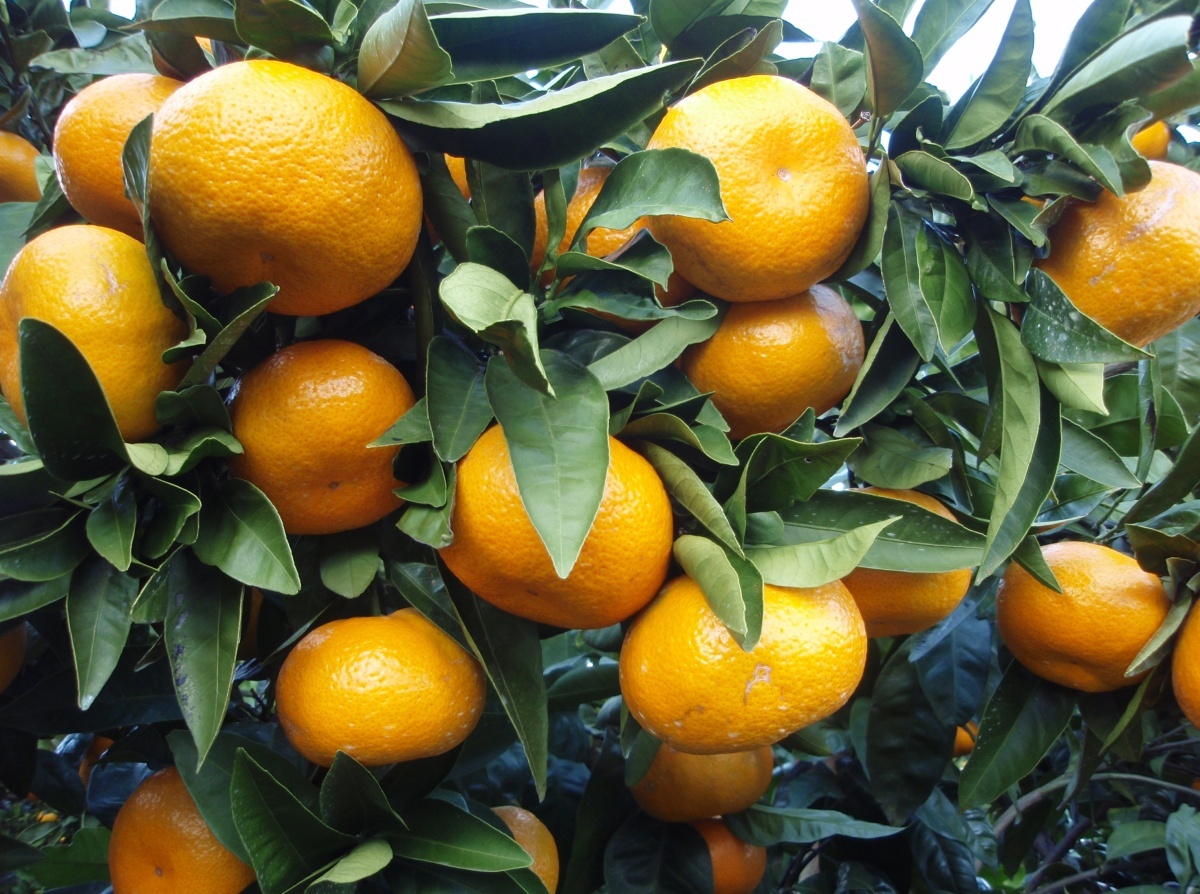
The most popular of all citrus in Japan, mikan has had a long history in the country despite an origin still in dispute to this day. Some believe it was introduced from China; others that it is an example of a citrus indigenous to Japan. But its taste and sheer abundance are enough to earn it a spot on this list. Small in size and with few seeds, this fruit is an easy one to pick up and peel. Mikan has a long harvesting season that stretches from October to March and a varied flavor profile. The delicate balance between sweet and tart that characterizes early autumn transforms into one powerfully sweet package by the time cherry blossom buds emerge in March.
What better place to go mikan picking than Japan’s mikan capital, Ehime Prefecture on the island of Shikoku. The town of Yawatahama offers mikan picking from November to March and includes a variety of activities to keep you busy for two to six hours, depending on the type of tour package you choose. In addition to picking mikan, you’ll have a chance to press them into orange juice, make marmalade and eat a bento that highlights the flavors of the mikan.
Yawatahama Tourism
Address: 1584 Okishinden, Yawatahama, Ehime 796-0087
Website: https://www.byfood.com/experiences/day-as-a-mikan-farmer-ehime-mikan-picking-marmalade-making-586
Yes to Yuzu!
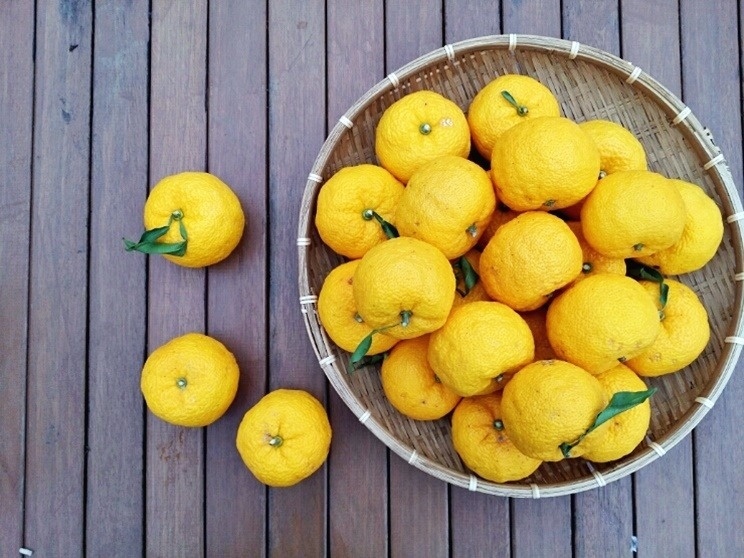
Originating from China’s Yangtze River area, the yuzu was one of the earliest citrus fruits to arrive in Japan via the Korean peninsula around 1300 years ago. Falling somewhere between an orange and a lemon, yuzu is characterized by its strong fragrant aroma, tartness and sour taste. This palm-sized fruit comes with a thick peel, which tends to be the most commonly used part in cooking. Made from its rind, chili peppers and salt, yuzu kosho is a refreshingly spicy condiment with notes of citrus and pepper for yakitori, miso and tempura. Grated yuzu peel is also used to garnish dishes, from desserts to ozoni, a traditional New Year soup. It also has a long history of being used in medicines, alcoholic drinks and soft drinks.
Kochi Prefecture on the island of Shikoku is Japan’s leading cultivator of yuzu, growing just over half of its total output. Head over to Kochi City’s Sunday Market held in front of Kochi Castle from sunrise to sunset to browse over 300 stalls filled with crafts and fresh produce, including yuzu. You’ll also be able to sample some local foods that highlight the citrus, such as inaka sushi, which features rice seasoned with yuzu topped with vegetables and sweet tofu.
Kochi Sunday Market
Address: 1-10 Otesuji, Kochi, 780-0842
Website: https://www.city.kochi.kochi.jp/site/gairoichi/
Dekopon: For Something Distinctly Different
Unlike many of the fruits on this list, dekopon is a relative newcomer to Japan’s citrus landscape. Developed as a hybrid between kiyomi, itself a combination of a mikan and orange, and ponkan, a cross between a mandarin and pomelo, dekopon was first created in 1972. Because the name dekopon was trademarked in Kumamoto, other regions that later began growing the same fruit referred to it by other names, including hiropon (Hiroshima) and himepon (Ehime). Despite their differing names, their similarities are unmistakable. Known for their large size, thick rind and protruding knob at the top of the fruit, dekopon are very sweet and quite juicy.
If you’re in northern Kyushu, consider making a trip out to Michi-no-Eki Ashikita Dekopon, one of Japan’s abundant roadside markets designed to promote local produce and cuisine. Here, in addition to fresh fruit and vegetables, you’ll also be able to try out dekopon ice cream, dekopon-infused custard cakes and, of course, dekopon themselves. While dekopon season begins in December, harvests pick up considerably in the early spring and can last until June.
Michi-no-Eki Ashikita Dekopon
Address: 443 Sashiki, Ashikita, Ashikita District, Kumamoto 869-5441
Website: https://www.ja-ashikita.or.jp/
Kabosu: An Oita-based Treasure
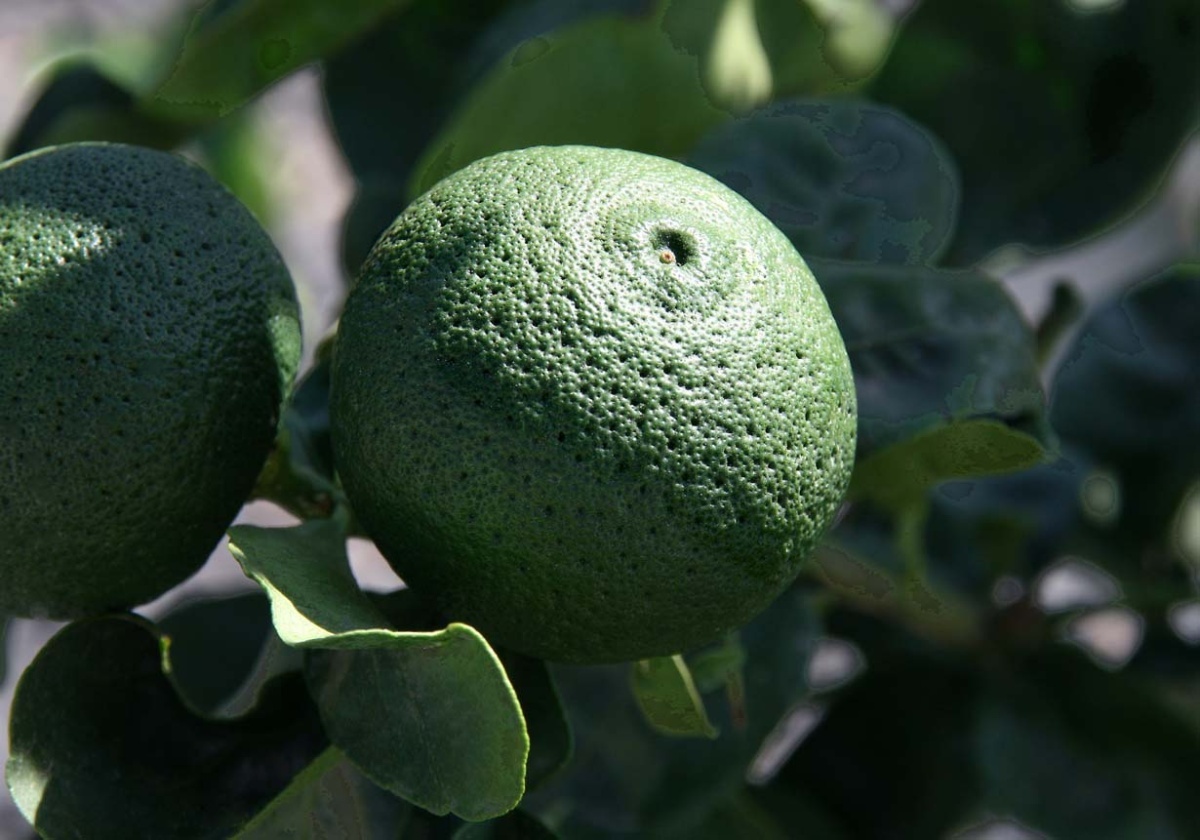
While many of the fruits on this list are grown in a variety of regions throughout Japan, kabosu stands out for being grown almost entirely in Oita Prefecture. According to the most popular origin story, a doctor returned home to Oita from Kyoto during the Edo period with seeds or saplings. Today, there still remain several kabosu trees in Usuki City that are upwards of 200 years old. Kabosu are tart with a hint of sweetness and are typically used in place of lemons. Their juice and zest is added to several local dishes, including toriten (chicken tempura) and sanma (Pacific saury). Kabosu typically come into season from August to November while ones grown in greenhouses are harvested from March to July.
Oita is so synonymous with kabosu that the prefecture hosts many kabosu-related events during the year. In 2023, for example, JR Oita Station held a kabosu fair in August that allowed visitors to sample food and drink spotlighting the citrus, kabosu-infused baths, and contests featuring kabosu-centric artwork. Keep your eyes peeled for the latest event when you make your way through Oita!
For more information about all things kabosu in Oita, as well as details on recipes and possible events in local regions, check out Oita Kabosu.
Website: https://oitakabosu.com/en/
The Okinawan Native: Shikuwasa
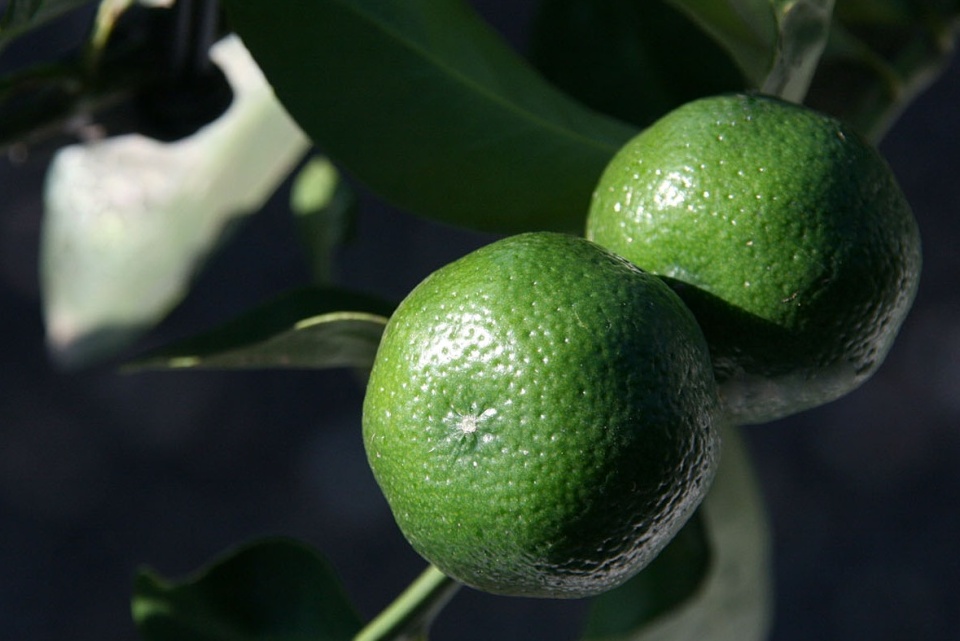
Grown extensively in the northern parts of the Okinawa main island, such as Ogimi and Nago, the small shikuwasa citrus fruit is one of Okinawa’s native treasures. They are one of the only native Japanese citrus fruits still being cultivated as well as found in the wild on the Okinawan islands. With a diameter of about 3-4 centimeters, they are often picked before they become fully ripe, demonstrated by their glossy dark green rind. At this point, the orange fruit inside has a sought-after tartness and bright flavor while the bitter yet herbaceous rind can also be consumed.
Shikuwasa’s cultivation period is between September and December. During that time, why not visit Ogimi, one of the main producing regions of this unique citrus? In Ogimi, check out the Ogimi Shikuwasa Park for an all-inclusive experience. While there, buy fresh shikuwasa from their orchards, learn about how the fruit is processed, sample seasonal juices which differ depending on the month, buy shikuwasa souvenirs and baked goods and eat your fill at restaurants with original shikuwasa products, such as a tart seasoning for pizza.
Ogimi Shikuwasa Park
Address: 1424-1 Tsuha, Ogimi, Kunigami District, Okinawa 905-1318
Website: https://www.shikuwasa-park.com/
Plenty More Where Those Came From
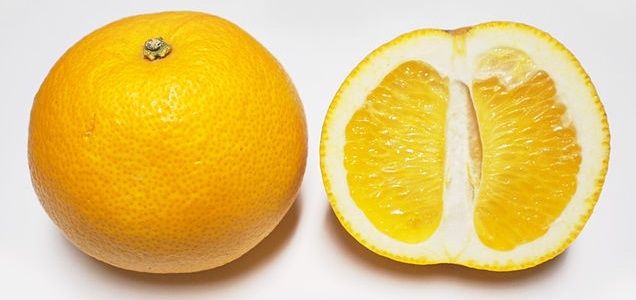
There's more:
Sudachi, a smaller relative of the kabosu with a slightly stronger aroma that adds a refreshing spritz to Pacific saury. Particularly popular in Tokushima.
Hassaku, a mandarin and pomelo hybrid native to Hiroshima that can be used in desserts such as sorbet, parfaits or eaten as is, for a lovely blend of sweet and sour.
Amanatsu means sweet summer, and are about the size of a grapefruit, quite sour and found alongside fish and poultry on Japanese dishes.
Iyokan, first hailing from Ehime Prefecture, are large, juicy, seedless bittersweet citrus whose flavors can be friends with spices, herbs, meats and fish.


